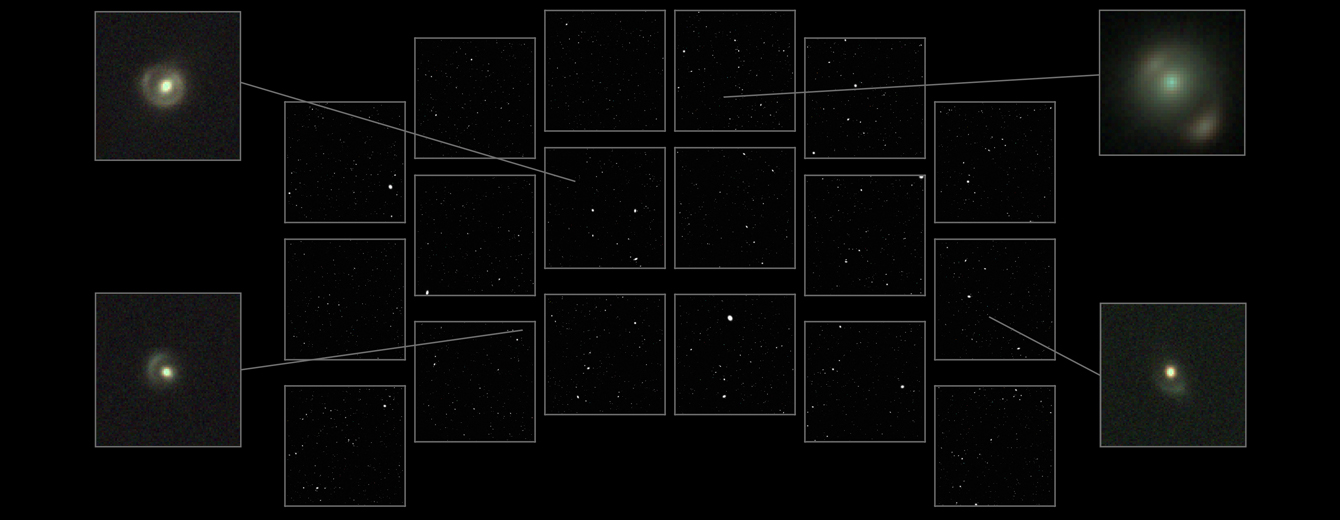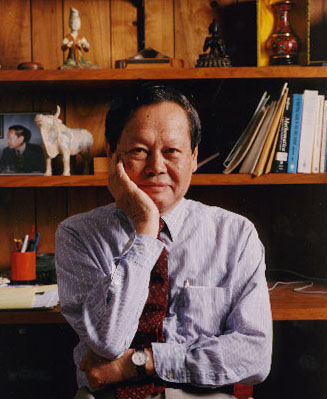NASA's Roman to Peer Into Cosmic 'Lenses' to Better Define Dark Matter

A funky effect Einstein predicted, known as gravitational lensing — when a foreground galaxy magnifies more distant galaxies behind it — will soon become common when NASA’s Nancy Grace Roman Space Telescope begins science operations in 2027 and produces vast surveys of the cosmos.
A particular subset of gravitational lenses, known as strong lenses, is the focus of a new paper published in the Astrophysical Journal coauthored by Simon Birrer, an assistant professor at Stony Brook University. The research team has calculated that over 160,000 gravitational lenses, including hundreds suitable for this study, are expected to pop up in Roman’s vast images. Each Roman image will be 200 times larger than infrared snapshots from NASA’s Hubble Space Telescope, and its upcoming “wealth” of lenses will vastly outpace the hundreds studied by Hubble to date.
Roman will conduct three core surveys, providing expansive views of the universe. This science team’s work is based on a previous version of Roman’s now fully defined High-Latitude Wide-Area Survey. The researchers are working on a follow-up paper that will align with the final survey’s specifications to fully support the research community.
Gravitational lenses are made up of at least two cosmic objects. In some cases, a single foreground galaxy has enough mass to act like a lens, magnifying a galaxy that is almost perfectly behind it. Light from the background galaxy curves around the foreground galaxy along more than one path, appearing in observations as warped arcs and crescents. Of the 160,000 lensed galaxies Roman may identify, the team expects to narrow that down to about 500 that are suitable for studying the structure of dark matter at scales smaller than those galaxies.
“Once Roman’s images are in hand, the researchers will combine them with complementary visible light images from Euclid, Rubin and Hubble to maximize what’s known about these galaxies,” Prof. Birrer said.

